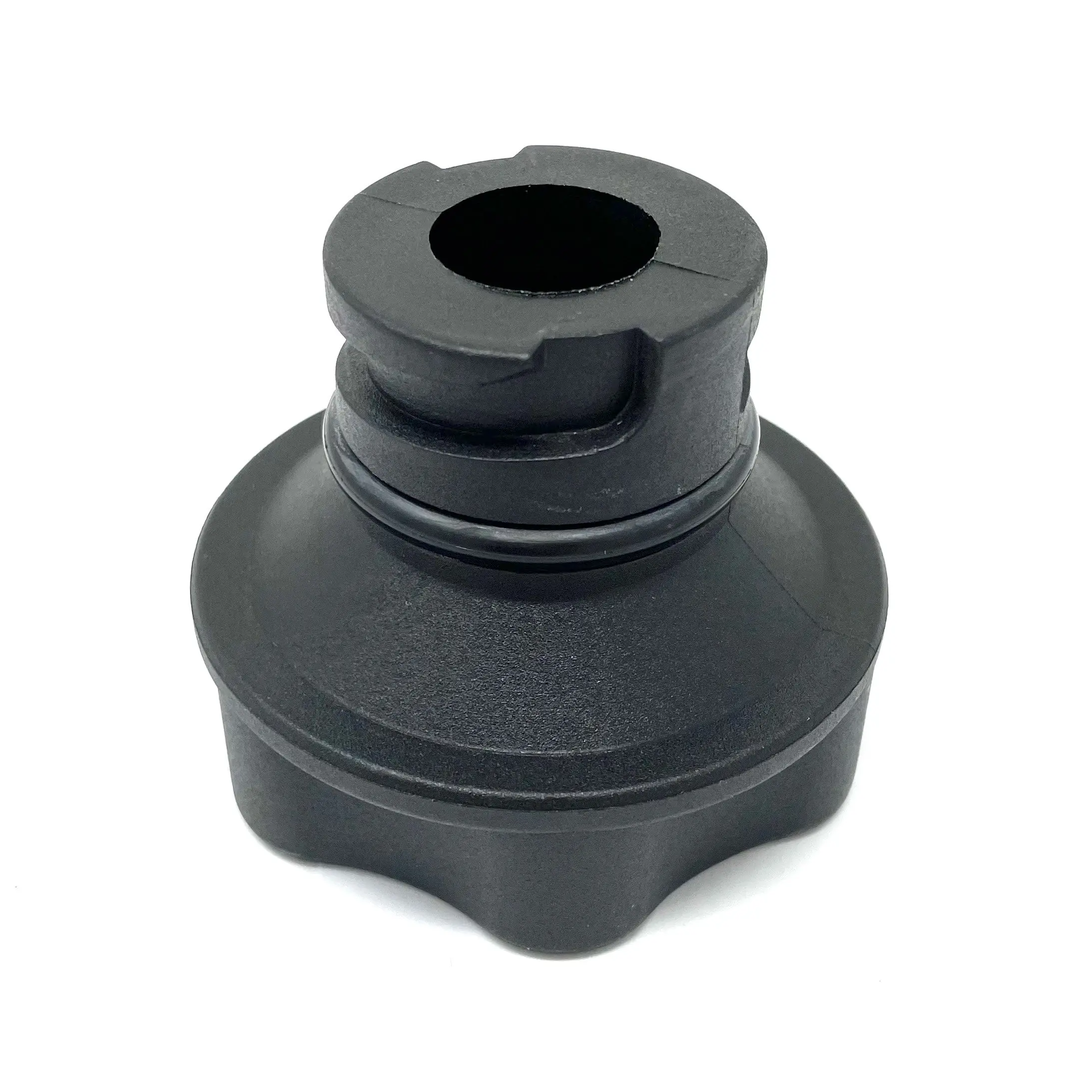- 2 Pc. Set:
- 2450×03 – size: .001-.003″ (green)
- 2450×04 – size: .002-.006″ (red)
- Measures clearances of engine rod and main bearings without expensive micrometers
- Helps choose the proper size replacement bearing inserts
- Sets of two sizes (.001″ – .003″ & .002″ – .006″/.025 – .08mm & .05 -.15mm)
- Covers all auto engines
- Individual components available
- MADE IN USA
Instructions
- Remove the bearing cap and wipe the oil from the bearing insert and crankshaft journal. Note: When checking main bearing clearances with the engine in a position where the main bearing caps are supporting the weight of the crankshaft and the flywheel, an erroneous reading due to the weight of the crankshaft and the flywheel can be eliminated by supporting the weight of the crankshaft by means of a jack under the counterweight adjoining the bearing being checked.
- Cut or tear off a piece of Plastigage® as long as the full bearing width, attempting not to squeeze the gage material. (Tear through both the envelope and plastic thread at the same time.) Open the envelope lengthwise by cutting the edge with scissors, a knife or by tearing. With the envelope open, lift out the Plastigage® by one end or roll out with the thumb if the material is lightly stuck to the paper. (If an attempt is made to lift the Plastigage from the paper when it is stuck, it may break.) Occasionally the color in the Plastigage® material will transfer to the paper. This has no effect on the accuracy of the Plastigage®.
- Place a piece of Plastigage® the full length of the bearing insert about ¼ inch off the center.
- Rotate the crank about 30º from the bottom dead center and reinstall the bearing cap. Tighten the bolts with a torque indicating wrench as recommended by the manufacturer.
- Remove the bearing cap. The flattened Plastigage® will be found adhering to either the bearing shell or the crankshaft.
- Compare the width of the flattened Plastigage® at its WIDEST point with the graduations on the envelope. The number within the graduation on the envelope indicates the bearing clearance in the thousandths of an inch or in millimeters depending on which side of the envelope is used. TAPER is indicated when one end of the Plastigage® is wider than the other. Measure each end of the flattened Plastigage®. The difference between the readings is the approximate amount of taper.
- New bearings should be installed if bearing clearance is not within specifications. Excessive taper indicates that a new reground crankshaft is required.
















